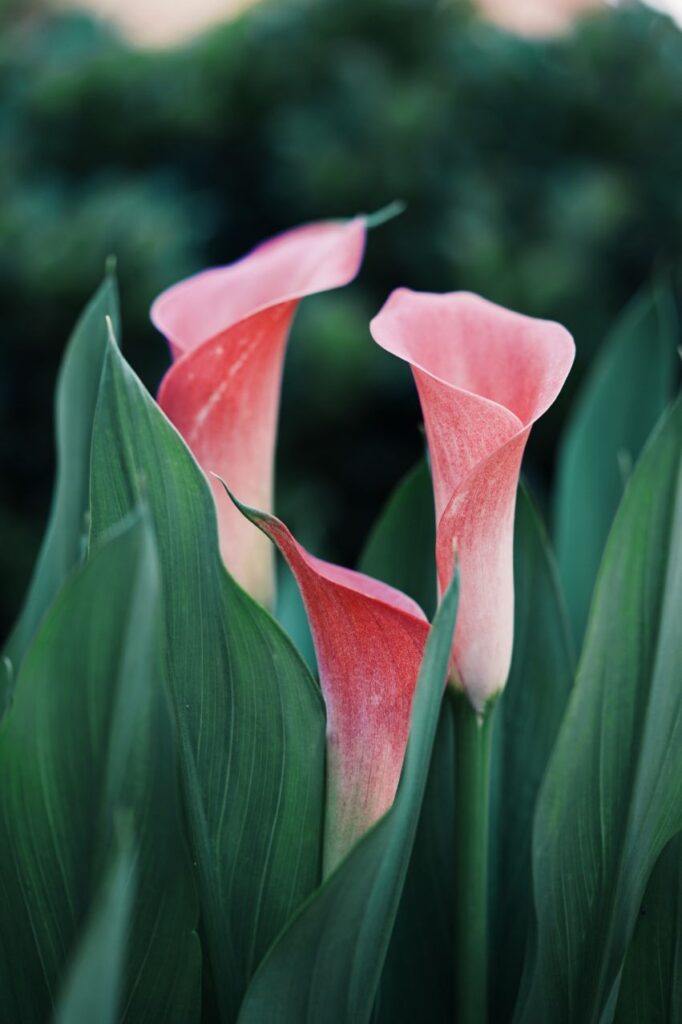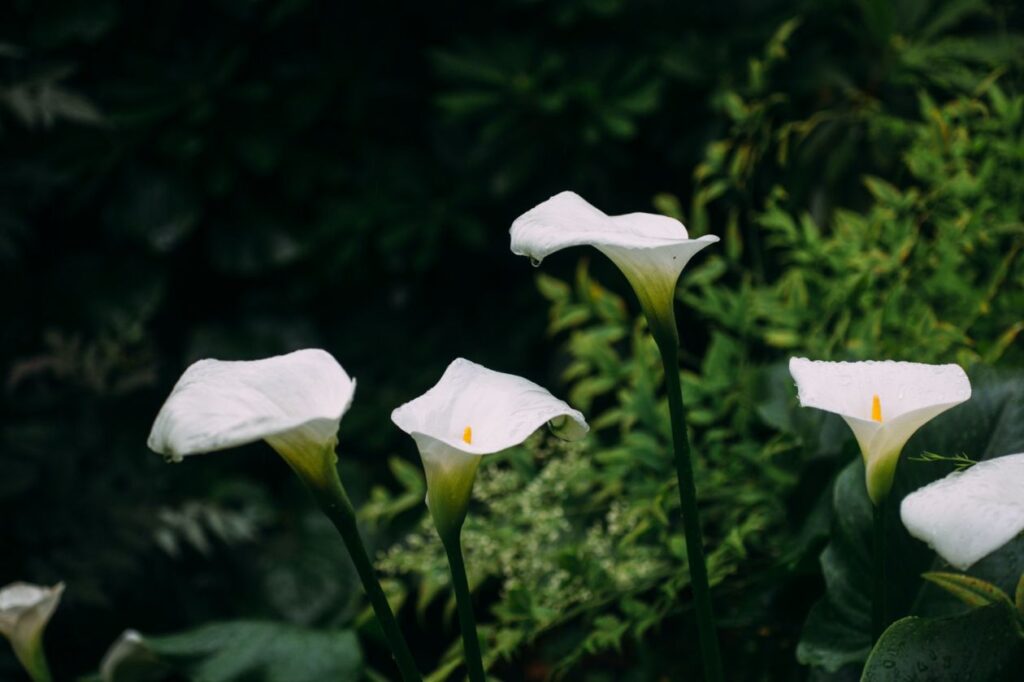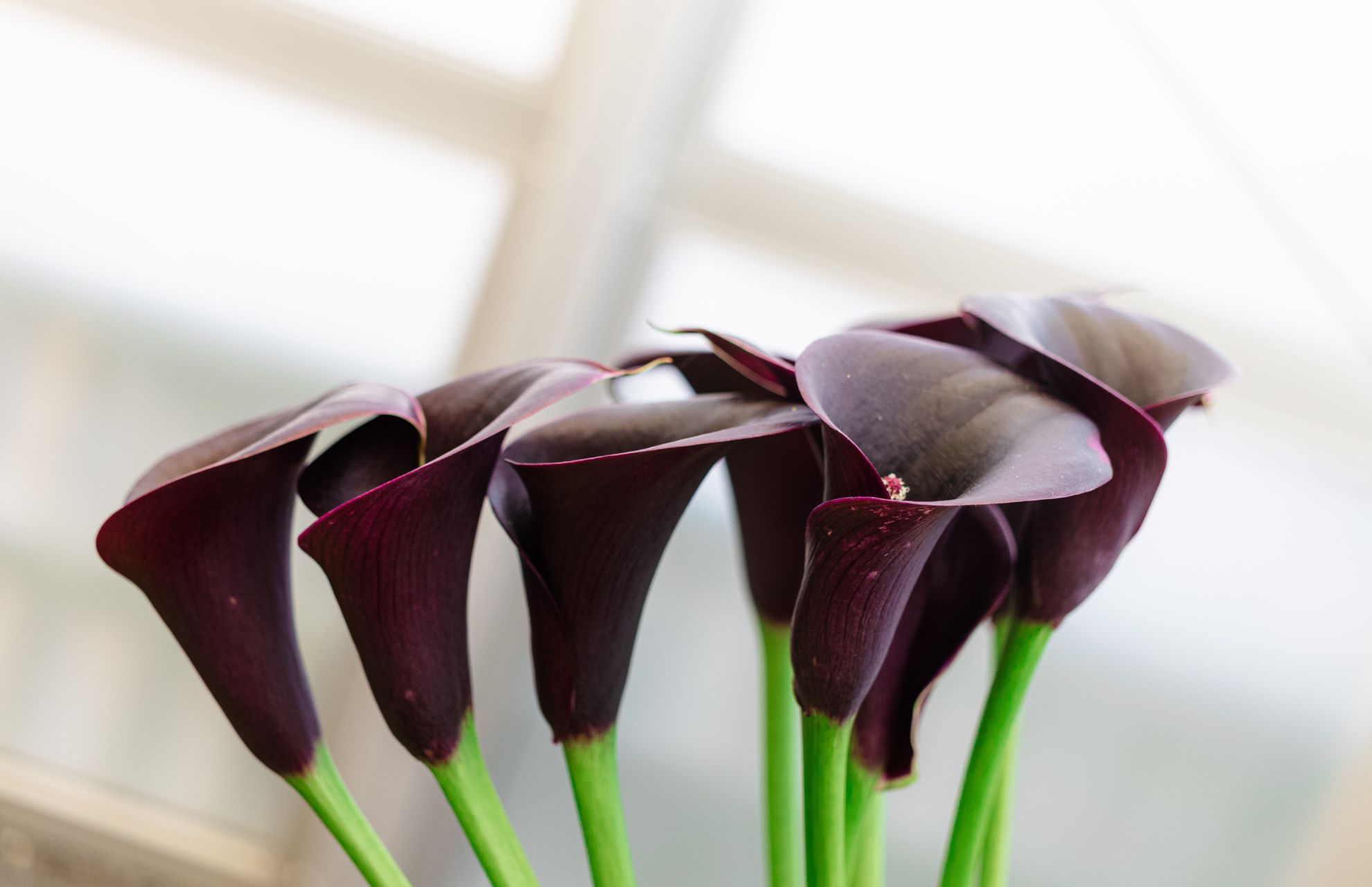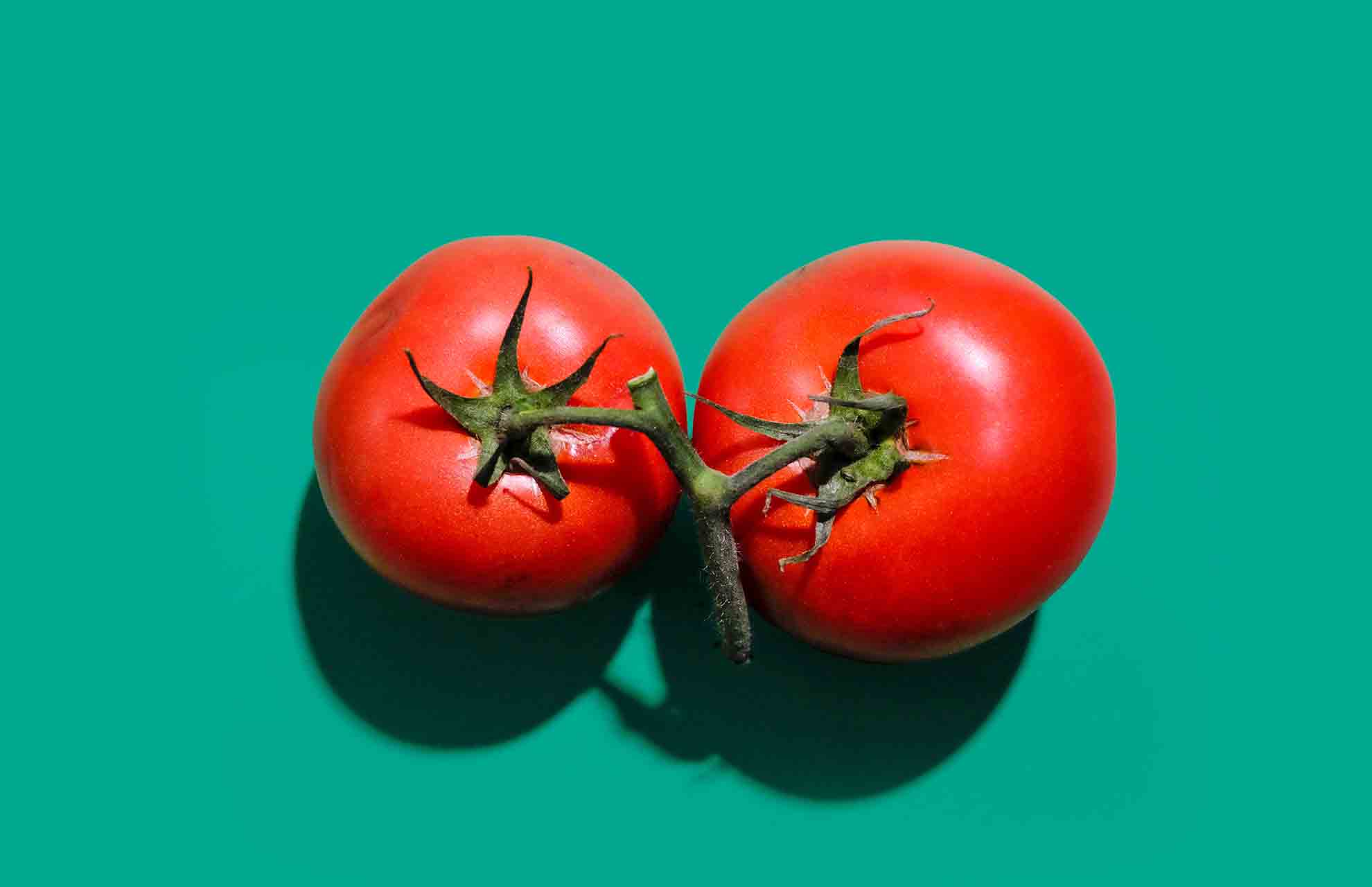American soil supports the growth of calla lilies. Plants can spread quickly and invasively in wetland areas by growing in Department of Agriculture plant hardiness zones 8 to 10. They thrive in water gardens and produce unusual summer blooms with funnel shapes. Calla lilies make beautiful floral arrangements and are a striking addition to perennial and container gardens.
It is known that these lovely lilies are native to Africa. Near lakes and swamps is where calla lilies typically grow. Do deer eat calla lilies where no plant is deemed truly deer-proof? Calla lilies are not eaten by deer. One plant that deers do not like is calla lilies. Learn more about calla lilies and deer by reading this article.
About Calla Lilies
Native to Africa, calla lilies flourish there in swamps and by lakes. They have peculiar blooms consisting of a long, pollen-covered spadix and a spathe with a funnel-like shape. There are many calla lilies that come in vibrant colors, but white is the most typical color. They are approximately 3 feet tall and bloom all summer long.
Rhizomes are the source of calla lily growth, so deer that sample the flowers may completely uproot any new plants. After all risk of frost has passed, plant calla lilies in the early summer. If deer appear to be interested in them, keep an eye on them until the rhizomes are well-rooted. Calla lilies should be planted in rich soil, in full sun, and with regular watering. They can be incorporated into a water garden as well.
This perennial blooms in the late spring and has bulbous roots. It can be grown in a pot or in your garden, but you should be aware that it requires some maintenance. Don’t be deceived by this beauty, either. It is extremely dangerous to consume this purity symbol.
The most popular types of Calla lilies are:
- Calla palustris is a domestic flower in the colder parts of the Northern Hemisphere and is a common house plant.
- Zantedeschia: a South African native. It’s grown as a house plant these days.
- Native to South Africa is the calla lily, Zantedeschia aethiopica. It is simple to grow in a garden.
According to the range of temperatures they can tolerate, Zantedeschia can be roughly divided into “hardy” and “tender” varieties. There is a hardy variety of this plant called Zantedeschia aethiopica, which can withstand unimaginable temperatures of -13 F (-25 C).
Do Deer Eat Calla Lilies?
Calla lilies are not consumed by deer. There are some plants that deer find less appetizing than others, though none are completely off-limits to them. Calla lilies are listed as “seldom severely damaged” by the New Jersey Agricultural Experiment Station of Rutgers University.
But bear in mind that, like people, deer will sample any plant to see if they like it, and that they may have different preferences. Another factor is how much other food is readily available to them.
You may be interested in
Calla Lily Bulbs
These lilies are elegant, colorful, and simple to grow. Normally, deer don’t like to eat calla lily bulbs. Most likely, they won’t eat the bulbs. They might try it, though. Additionally, the bulbs wouldn’t be a regular part of their diet.

Calla Lily Flowers
The deers frequently find hostas and lilies grazing. Hardiness zones three through nine are suitable for growing the lilies. Unfortunately, the lilies can’t be saved by even that.
You would have to share your lovely blooms with the deer or they would most likely ruin your garden. Lilies and hostas are both favorites among deer. Deers do not, however, like calla lily flowers.
If these flowers are in your garden, they won’t graze on them. Lilies are also considered perennial plants and are typically found as bulbs. Full or partial exposure to sunlight is necessary for these plants to flourish.
Calla Lily Plants And Leaves
Lilies kept near the garden’s border are most frequently invaded by deer. Since these plants require little upkeep, the majority of us are accustomed to doing this. The lilies can be protected, though, if you plant them in the inner corner. Furthermore, deers don’t eat calla lily plants or leaves.
Are Calla Lilies Deer-Resistant?
It’s common knowledge that calla lilies repel deer. Nevertheless, lilies themselves are not deer-resistant. Deers, for some reason, do not like to eat calla lilies. Even though calla lilies are at the bottom of the food pyramid for deer and rabbits, there are other creatures that would adore grazing on your lilies.
The first time they start eating your calla lilies, squirrels, voles, and chipmunks don’t think twice. With regard to deer, though, that is not the case. Calla lilies are typically not something they would eat. They are thus resistant to deer.
Are Deer Toxic To Calla Lilies?
Deer can become poisoned by calla lilies. Toxins found in calla lilies could harm a deer’s health. Deer are known to graze on lilies, though. One of the deer’s most favored foods is true lilies. They would eat your lily plants without a second thought. Strong-smelling plants and herbs are also known to repel deer.
Calla lilies contain toxins as well, which is another reason why deers typically stay away from them. Consequently, calla lilies can be thought of as poisonous to deer.
What Part Of The Calla Lily Is Toxic?
Specifically, calla lily roots are thought to be poisonous. Calla lilies are widely used as ornamental plants. Though poisonous by nature, the plant. The poison known as insoluble calcium oxalates is present in these flowers.
They can enter any animal’s mouth, throat, and gastrointestinal tract when consumed. In the end, this might result in hurt and annoyance. In addition, the plant’s roots are regarded as extremely toxic. Which is the main reason deer and rabbits stay away from calla lilies.
What Can I Do To Stop Deer From Consuming My Calla Lilies?
Decorated trees can be quickly destroyed by deer. They enjoy lilies a lot. Therefore, if you have lilies in your garden or backyard, the deer will most likely be drawn to them. Ticks that can transmit Lyme disease to humans and dogs are also carried by deer. Here are a few things you can do to keep deer from eating your calla lilies:
Removing Deer-attractants
Remove any deer attractants first, if possible. Harvesting fruits and vegetables as soon as they are ready is advised if you have a vegetable garden. The deer won’t be able to see or smell anything that resembles their food source as a result.
Keeping Deer-attractive Plants Near House

The next thing you can do is keep the plants that are appealing to deer close to your home. You should carry out this activity in the spring. In the spring, mother deer are very busy feeding their fawns.
This could lead to the deer destroying your garden or backyard. Try to grow fruit trees near your house, such as peaches and strawberries. Even hungry deer will stay away from homes people.
Maintaining Your Landscape
This is crucial because you don’t want deer to enter your garden. Deer may decide to spend the night and rest during the day in your garden if it is messy. You should also trim the areas that are densely planted. Deer and other predators are thought to hide in those.
Therefore, removing the carefully planned trees would stop the deer from wandering through your garden.
Adding Fences
Although some fences won’t be able to shield your plants from deer jumping over them, you can still add fences. You can, however, use fences that are higher than usual. You can also add rocks and other levels for more difficulty. And put the potted plants on your porch. Deer won’t like using the stairs to approach your home.
Adding Deer-repellent Plants
Deer can recognize anything by smell. Consequently, try planting trees that smell would make them not want to eat. Anything that smells too strongly, like lavender, basil, etc., offends them. You can also include shrubs that deer avoid.
But deer can have different preferences, just like people. Before planting anything, do your research. You might unintentionally plant something that deer absolutely adore grazing on. Plants with thorny bodies are excellent. Roses are a good option for this, for instance.
Applying Deer Repellent
Deer repellents can also be used to block a deer’s ability to smell and taste. Because the majority of these repellents taste a lot like garlic, deer are compelled to leave your garden.
Final Thoughts
No plant is actually deer-resistant, but calla lilies are. Calla lilies are not consumed by deer. Animals can’t eat calla lilies. A fence around your water garden can help break the habit that deer have of frequently taking the same route.







